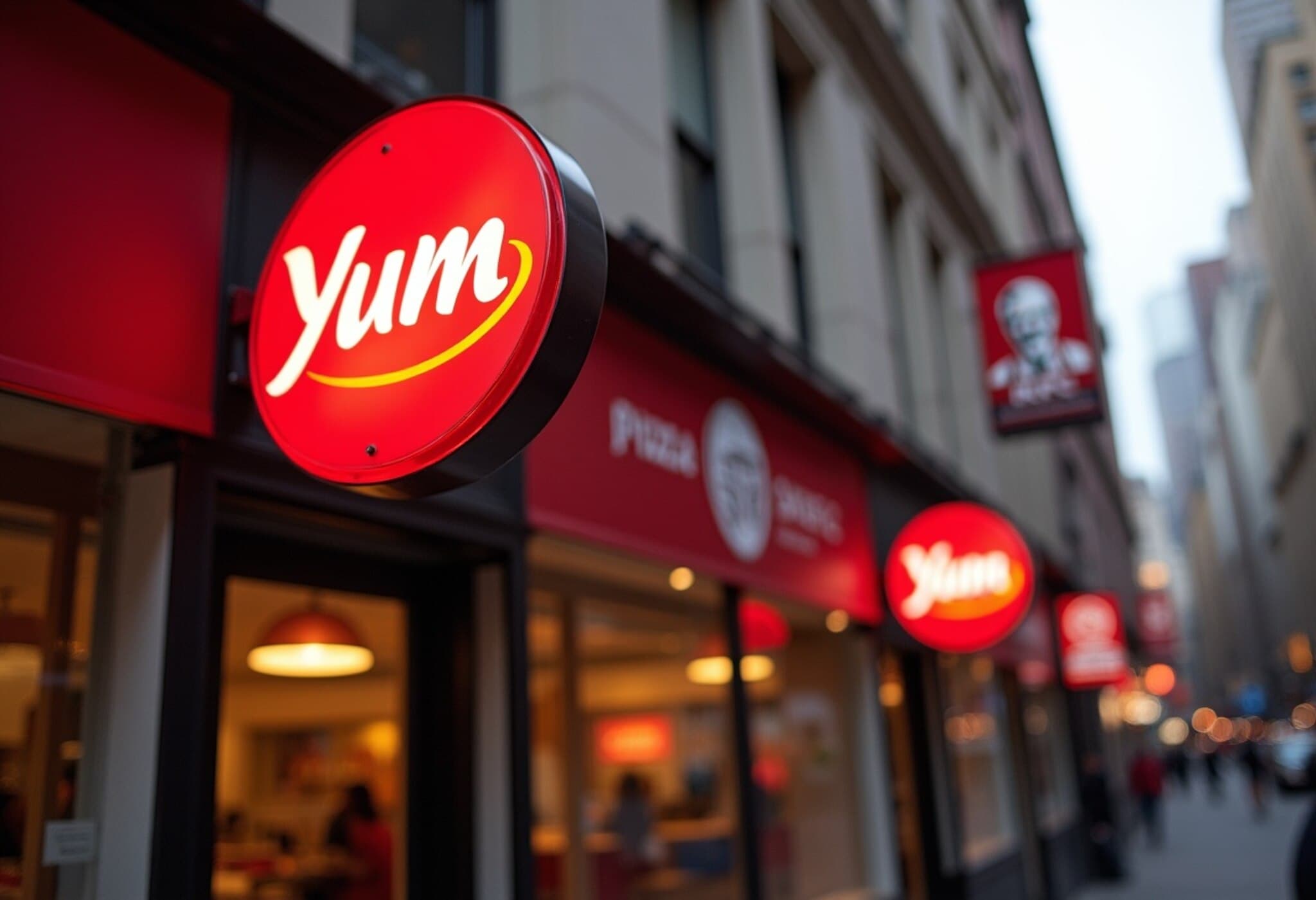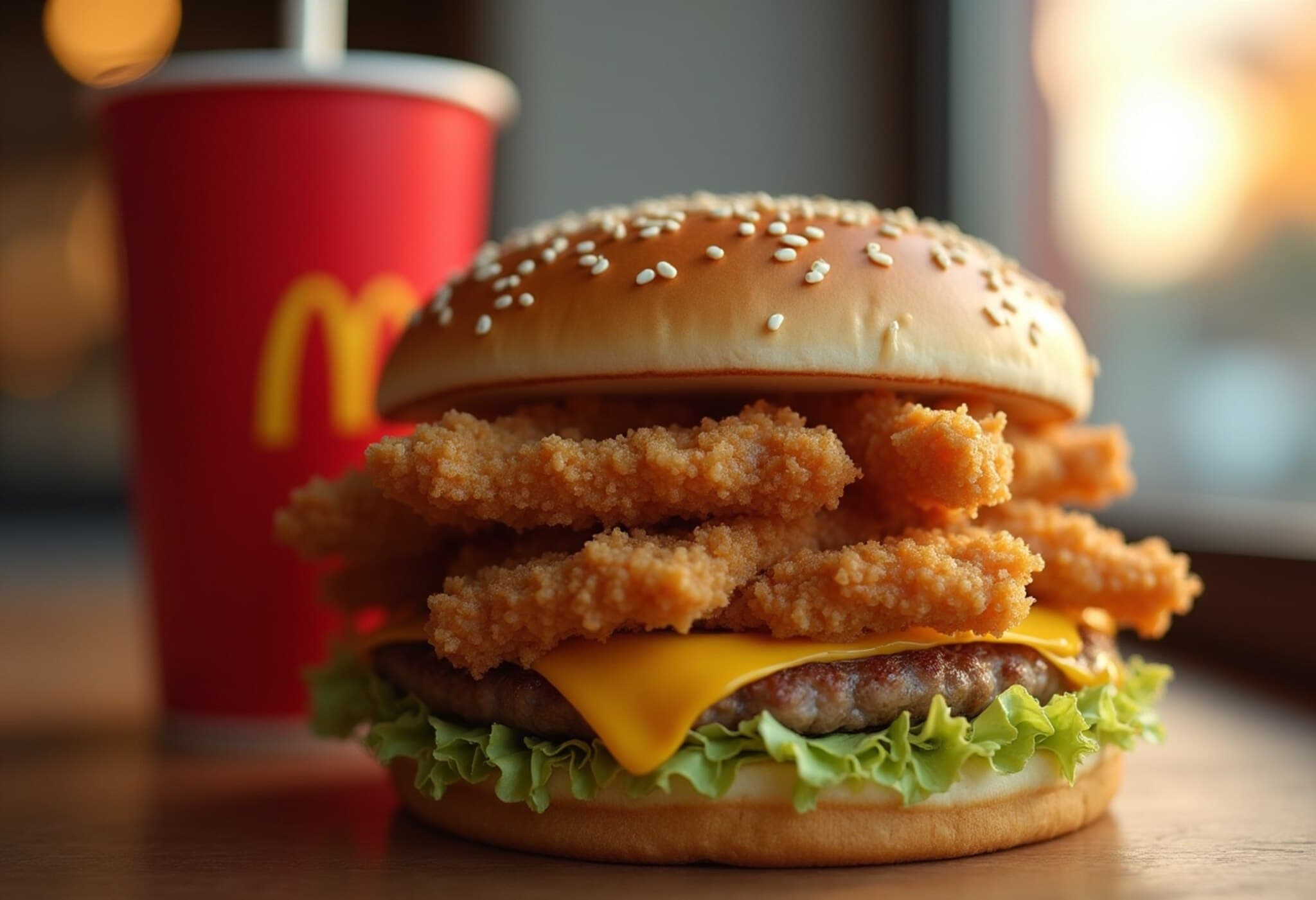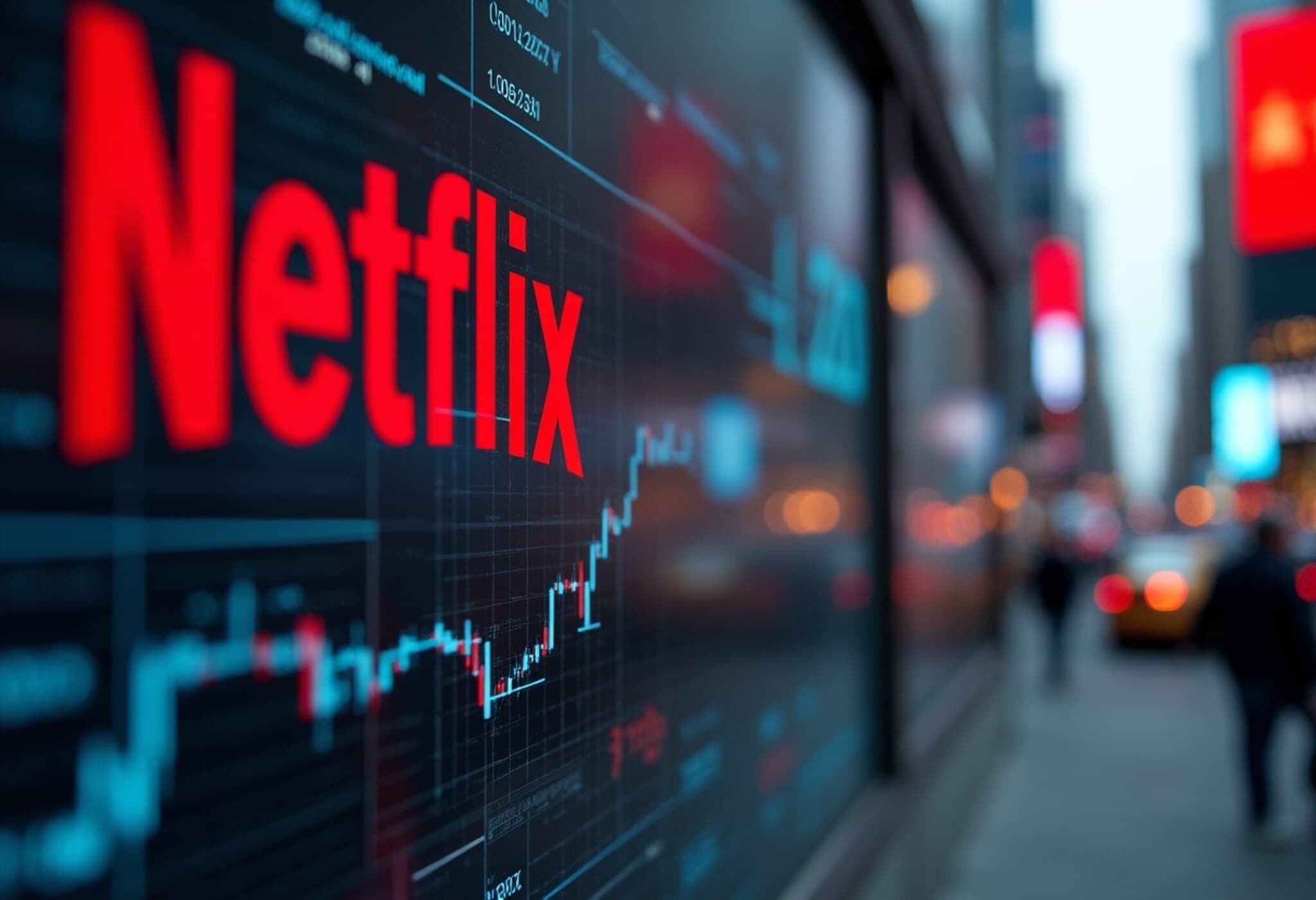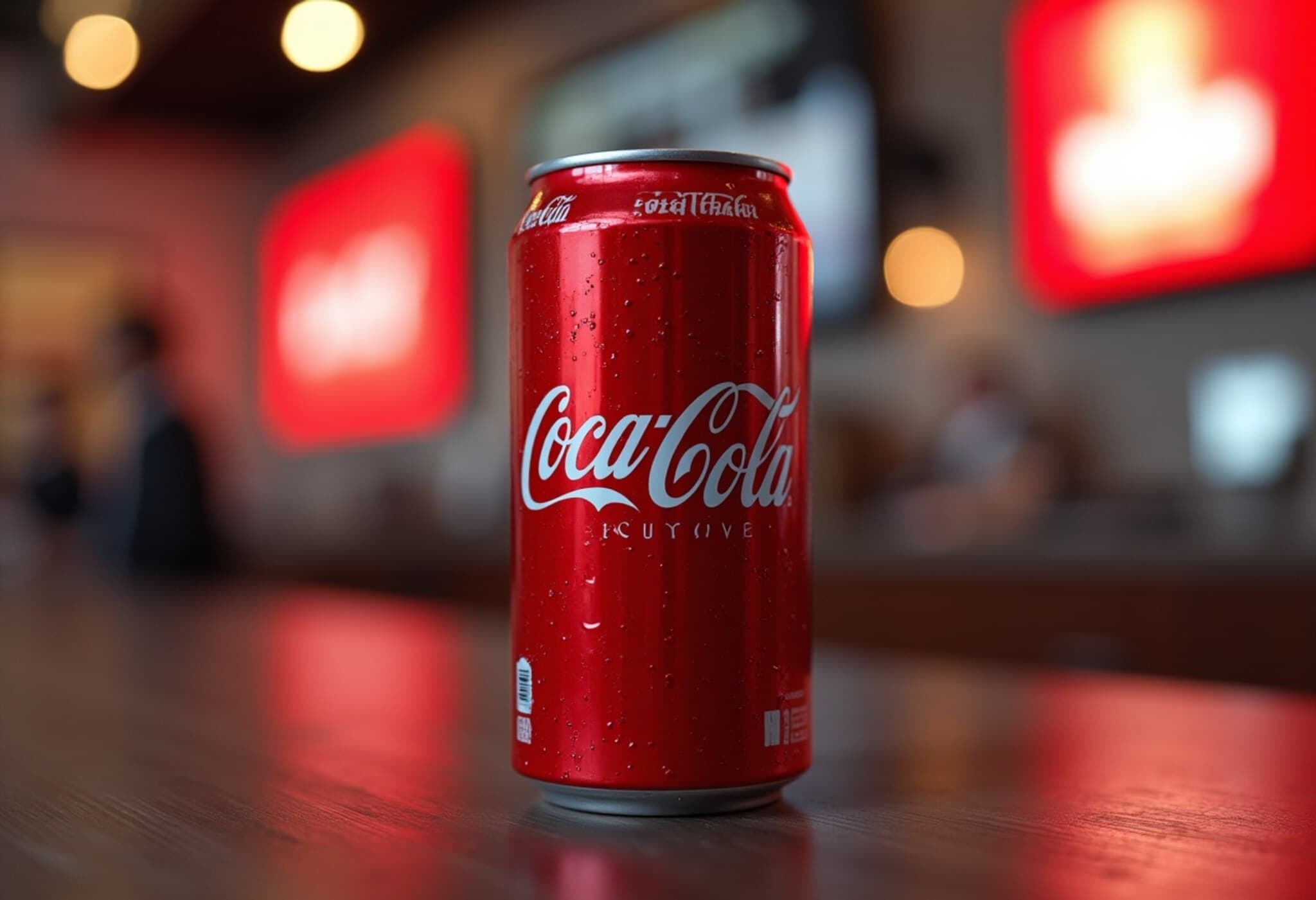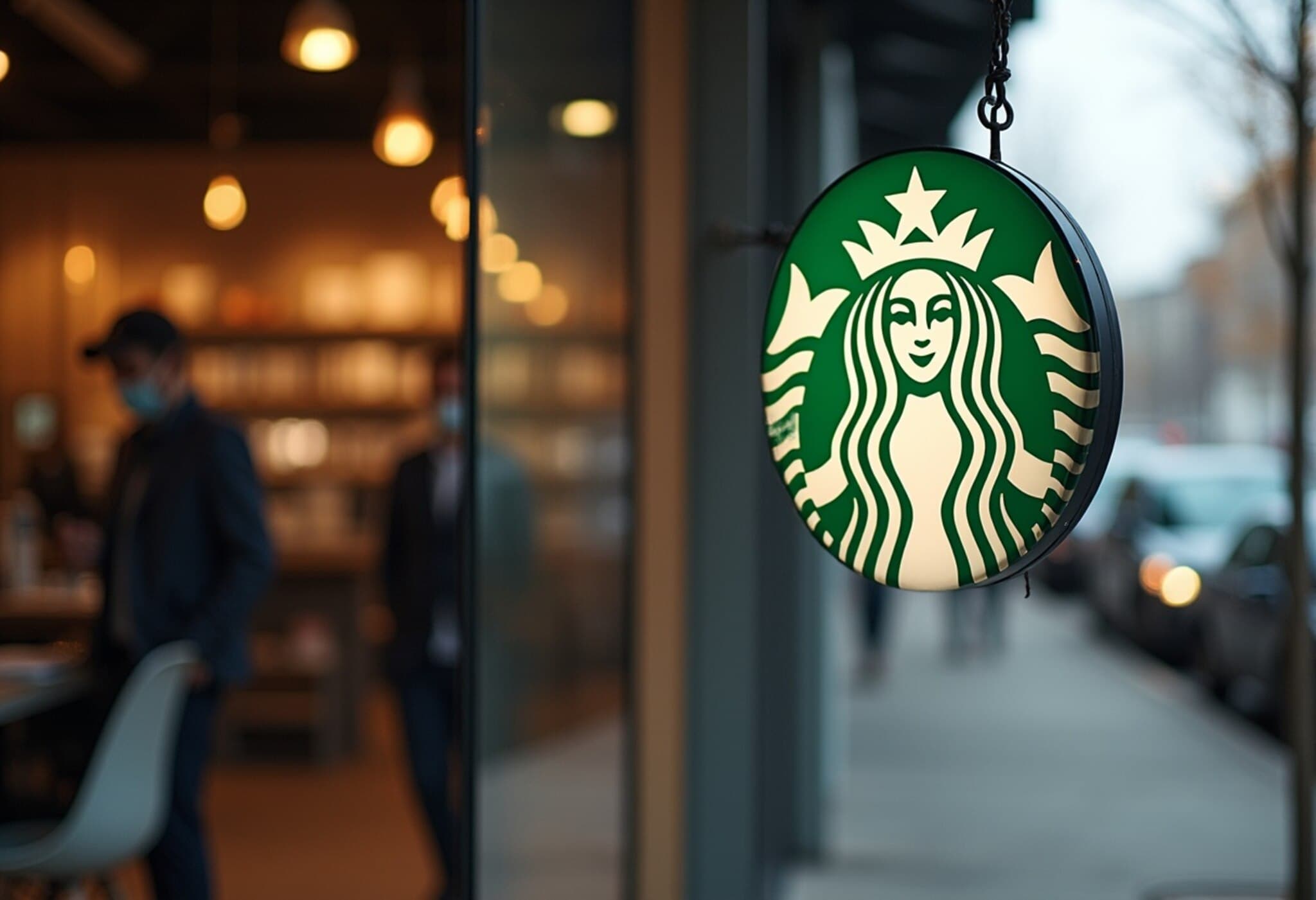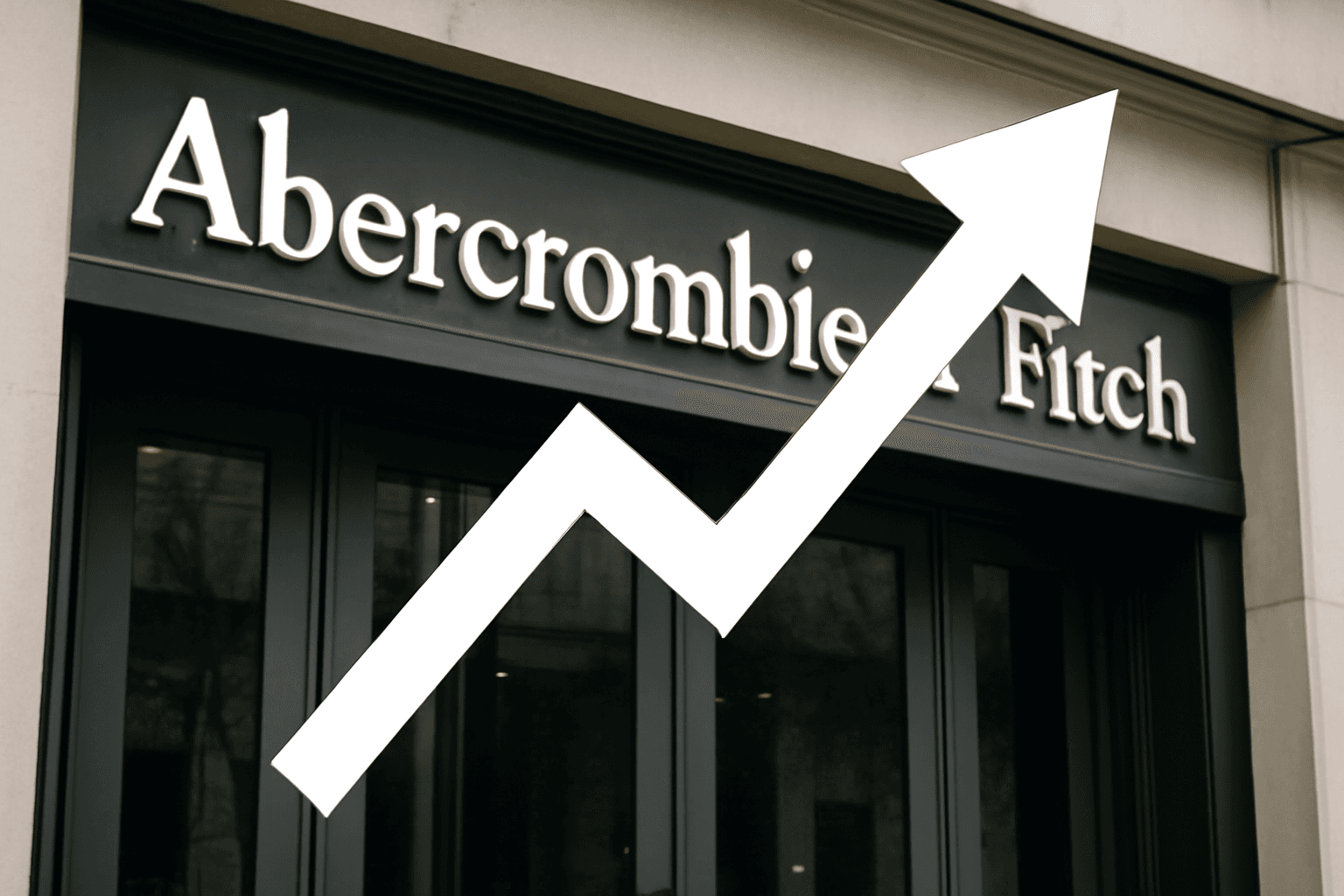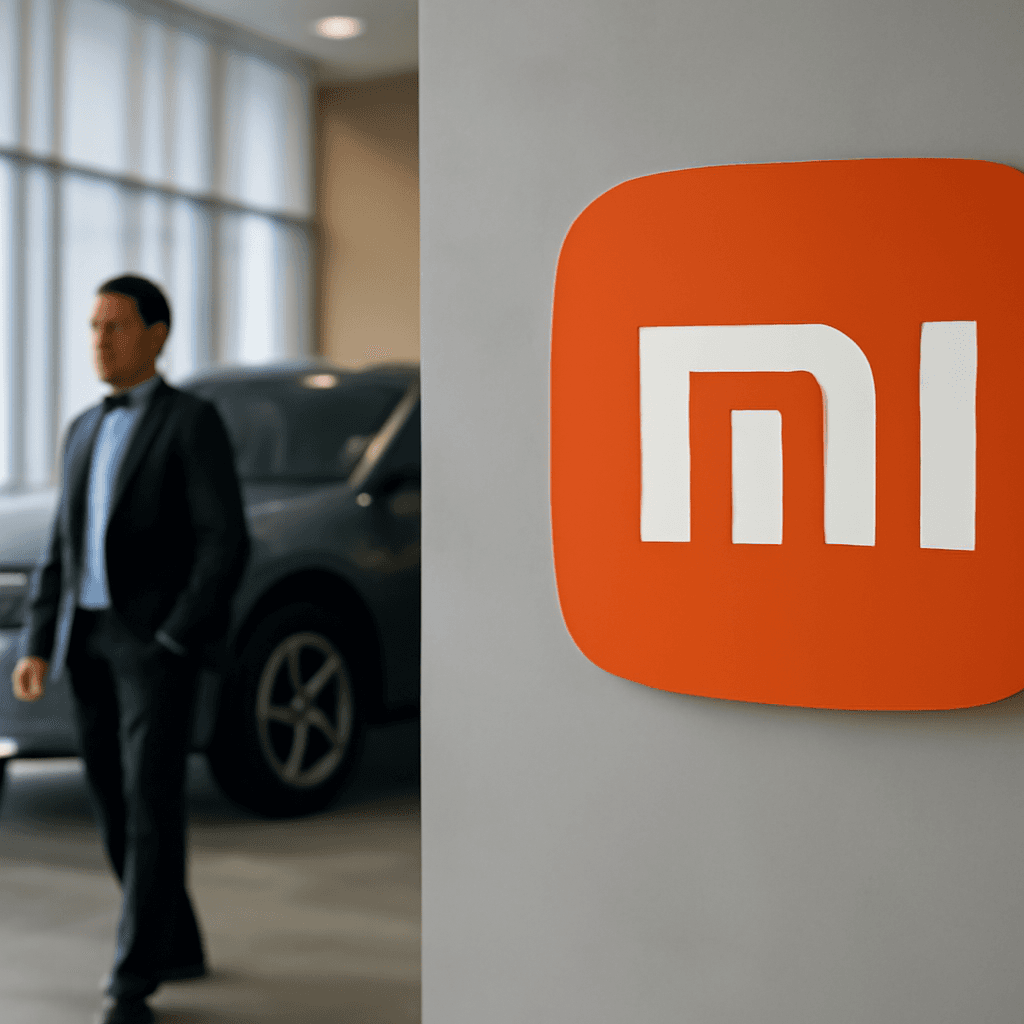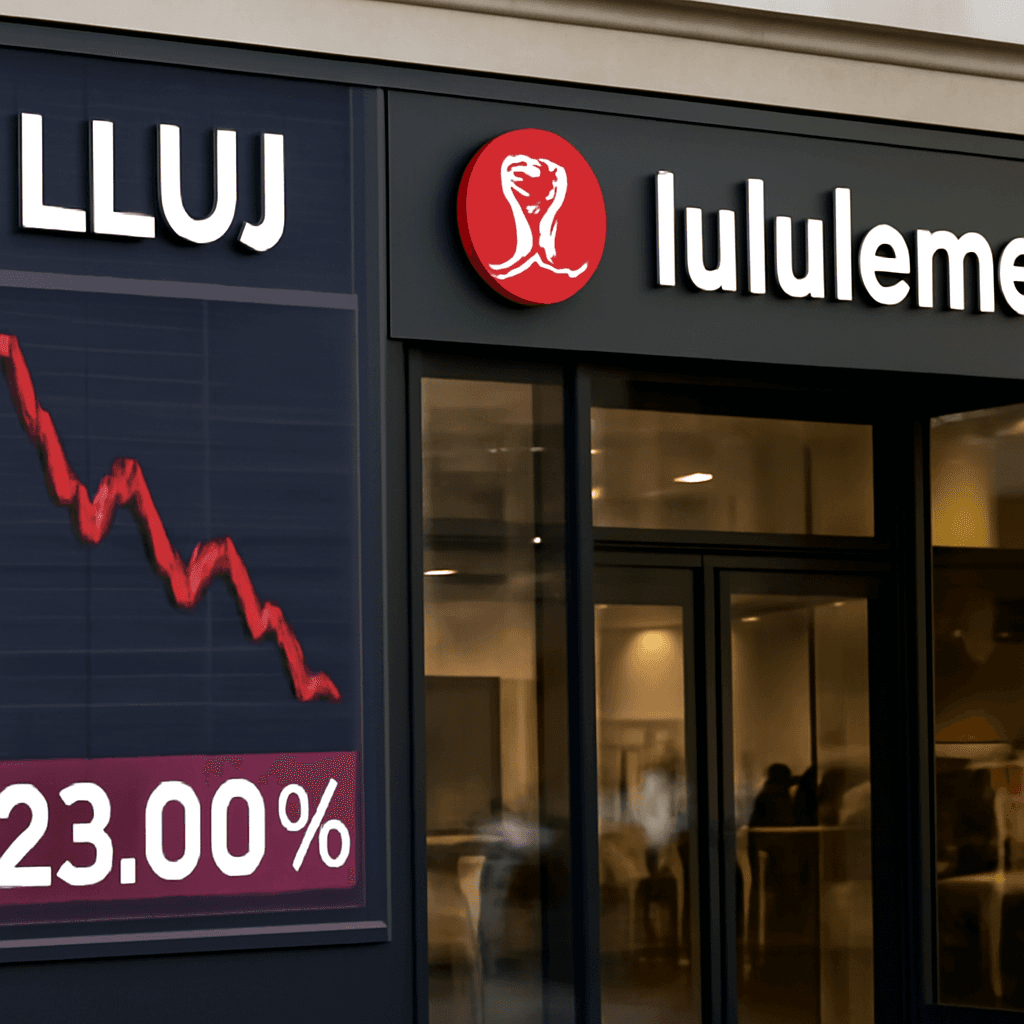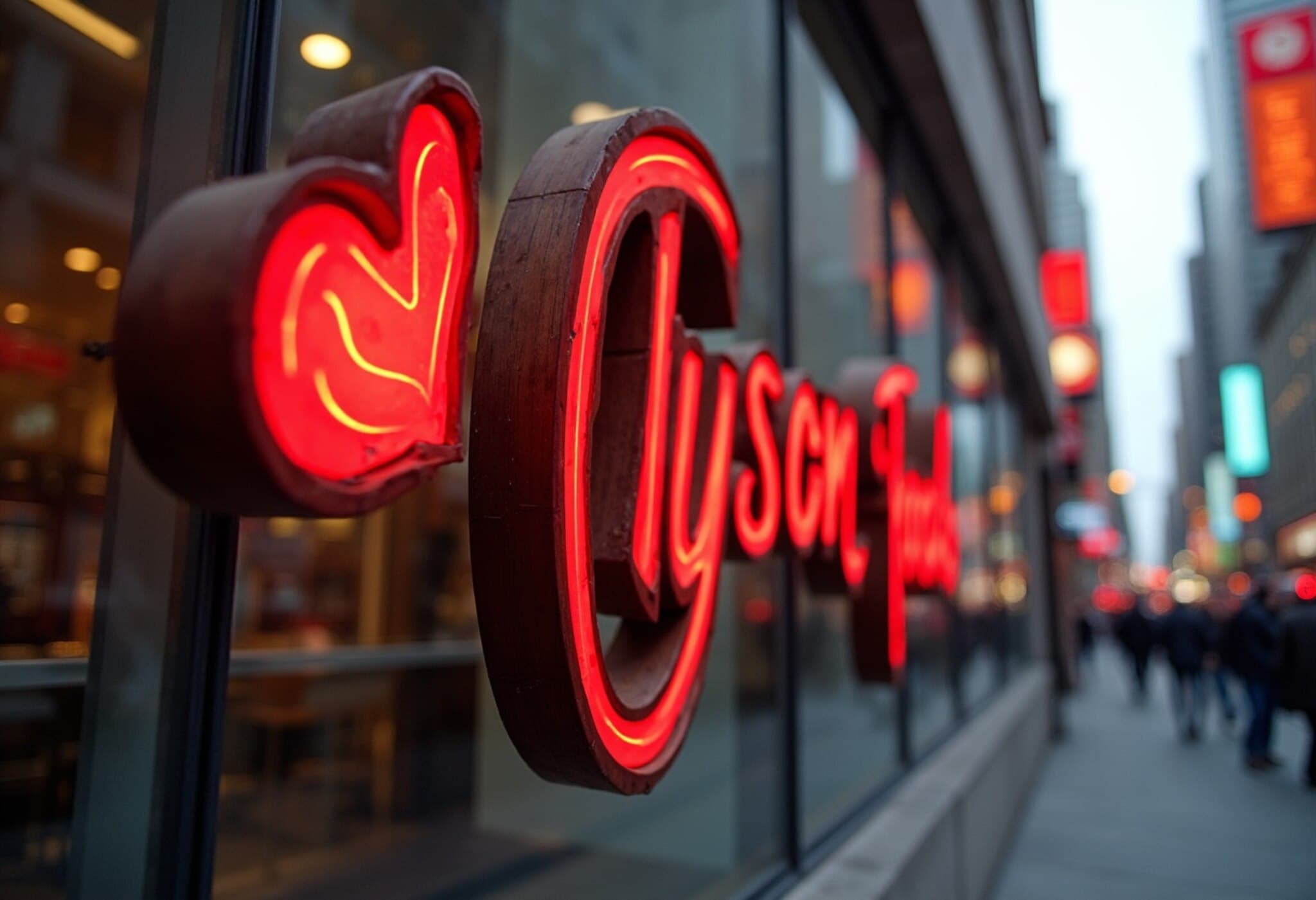PepsiCo Outperforms Wall Street Estimates amid Challenging U.S. Market
PepsiCo reported its second-quarter earnings and revenue figures that outpaced analyst forecasts, offering a silver lining despite continued softness in U.S. consumer demand. Shares reacted positively, climbing about 2% in premarket trading as investors digested the mixed but overall resilient results.
Strong Financials Backed by Strategic Adjustments
The beverage and snack giant posted adjusted earnings per share (EPS) of $2.12, surpassing the anticipated $2.03. Meanwhile, revenue came in at $22.73 billion, edging past the expected $22.27 billion. However, net income attributable to PepsiCo dropped noticeably year-over-year to $1.26 billion, or 92 cents per share, from $3.08 billion, or $2.23 per share, reflecting underlying challenges in the market.
PepsiCo's organic revenue, which filters out effects from acquisitions, divestitures, and currency fluctuations, grew a modest 2.1%, underscoring ongoing resilience despite external headwinds.
Demand Headwinds in Food and Beverage Segments
Volume metrics tell a story of mixed traction. Globally, food volume declined by 1.5%, with beverage volumes holding steady but showing no growth. In North America, the picture was tougher: food volumes shrank by 1%, and drinks volumes fell by 2%, highlighting persistent pressures in key domestic markets.
Still, PepsiCo found some bright spots. The flagship Pepsi soda experienced growth in volume, supported further by double-digit gains in Pepsi Zero Sugar sales during the quarter. CEO Ramon Laguarta expressed cautious optimism about a gradual improvement in the U.S. business, suggesting that strategic efforts could be starting to take hold.
Strategic Focus: Innovation, Efficiency, and Market Adaptation
PepsiCo is doubling down on diversification and innovation to appeal to evolving consumer preferences. It is advancing its push into the high-growth protein segment and broadening multicultural offerings through brands like Siete Foods and Sabra.
Operationally, the company has taken decisive actions to streamline costs by shuttering two North American food manufacturing plants and targeting efficiencies in transportation and logistics. Furthermore, PepsiCo is rigorously reviewing its marketing spend and seeking to eliminate redundancies between its food and beverage divisions to sharpen focus and improve profitability.
Outlook and Broader Economic Context
Looking ahead, PepsiCo reaffirmed its full-year guidance, anticipating that its core constant currency EPS will remain roughly flat compared to the previous year, while organic revenue is expected to grow at a low-single-digit pace. This guidance reflects ongoing caution amid uncertain macroeconomic conditions and shifts in consumer spending habits.
This conservative stance resonates with broader industry trends where consumer inflation pressures and economic volatility are nudging companies to balance growth ambitions with prudent cost management.
Expert Insight: Navigating a Complex Consumer Landscape
From an American economic perspective, PepsiCo’s results spotlight the challenges multinational consumer goods companies face in a marketplace shaped by increasing health consciousness, inflation-driven tightening of household budgets, and a growing demand for product personalization. The positive performance of Pepsi Zero Sugar aligns with the rising trend in health-oriented beverage choices as consumers look for lower-calorie options.
Moreover, the company’s targeted expansion into ethnic and protein-rich products embraces demographic shifts and evolving dietary trends, signaling a forward-looking approach to consumer engagement.
Unanswered Questions and Future Watchpoints
- Will PepsiCo’s cost-cutting measures and supply chain optimizations sustain margin resilience if volume pressures persist?
- How effectively can the company leverage multicultural and health-focused product lines to capture new market segments?
- What impact might broader inflation and economic uncertainty have on consumer discretionary spending affecting beverage and snack consumption?
Editor’s Note
PepsiCo’s latest earnings underline the dual realities confronting large consumer packaged goods firms: navigating softened demand while capitalizing on shifting consumer preferences. The company’s proactive strategies—embracing health trends, optimizing costs, and enhancing marketing efficiency—are crucial lifelines in an uncertain economic landscape. Investors and industry watchers should closely observe how these efforts translate into sustainable growth amid ongoing volatility.



